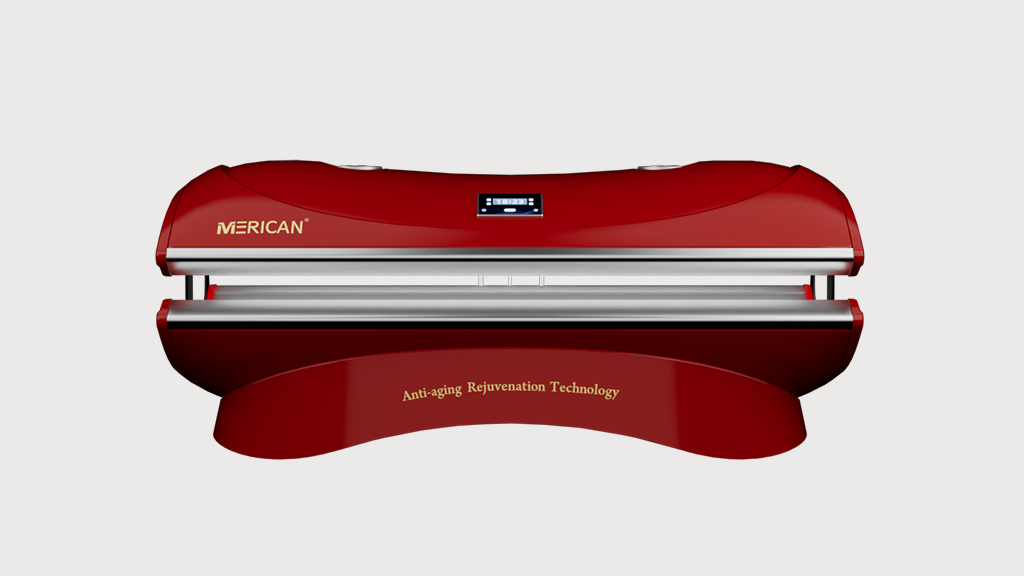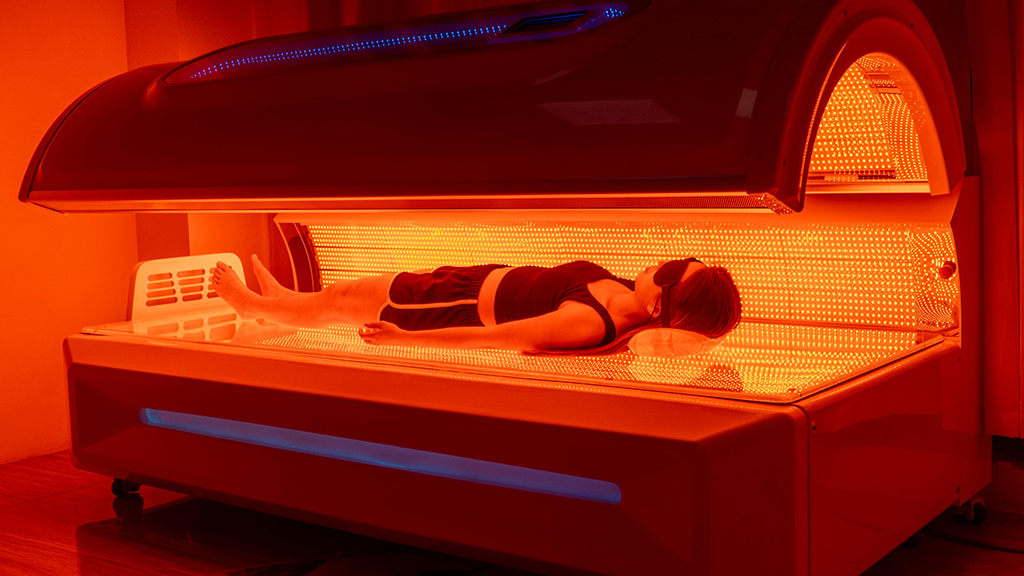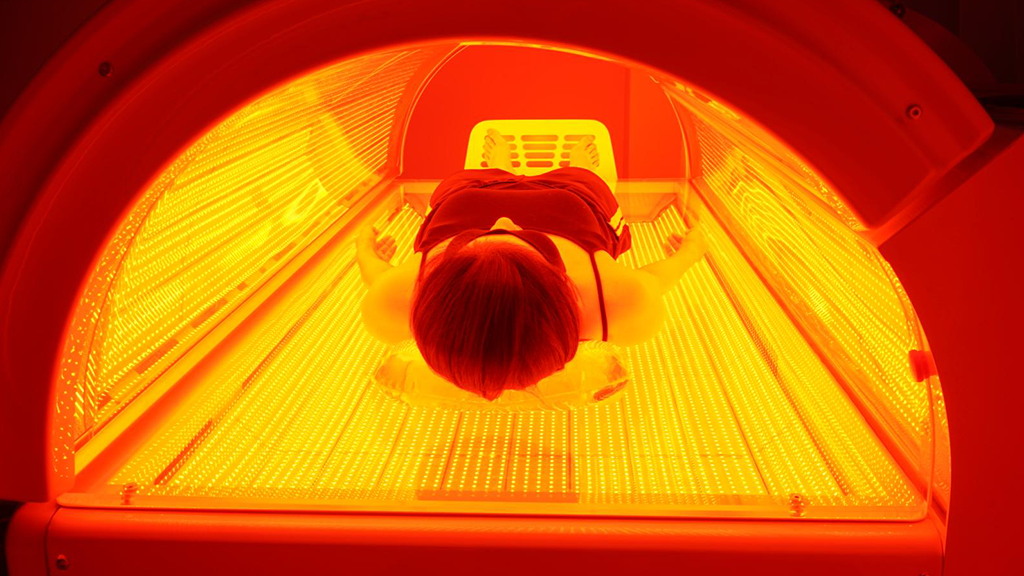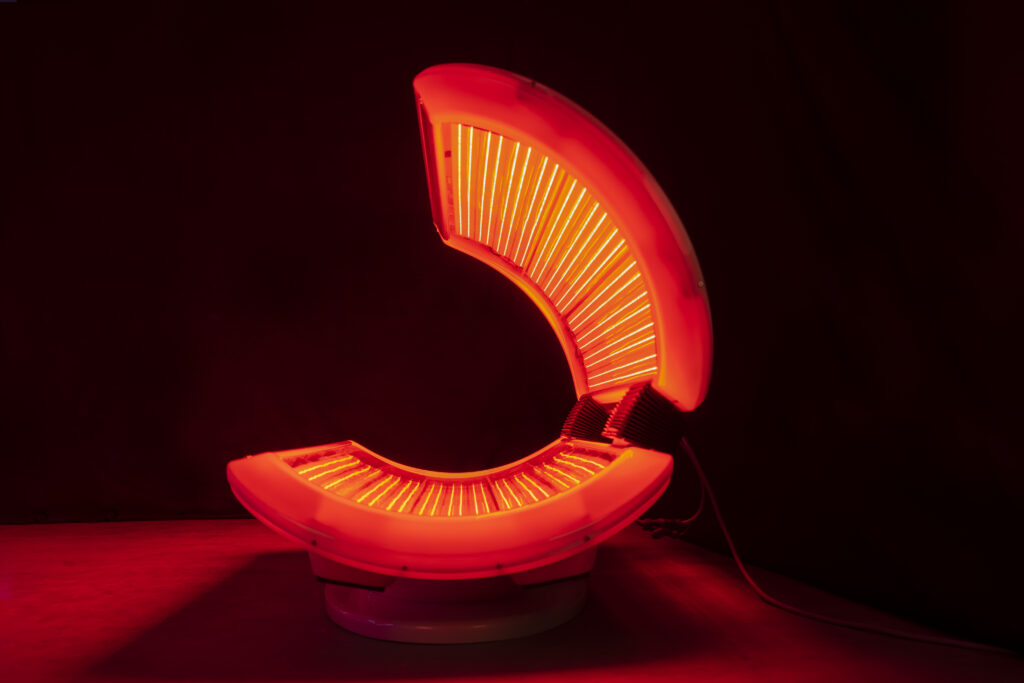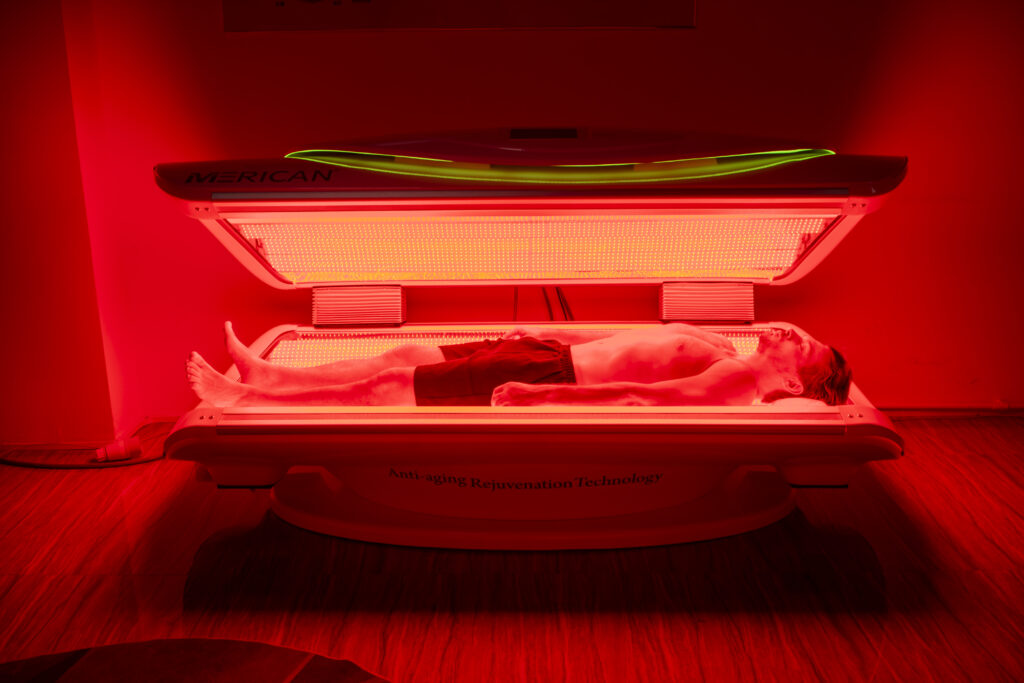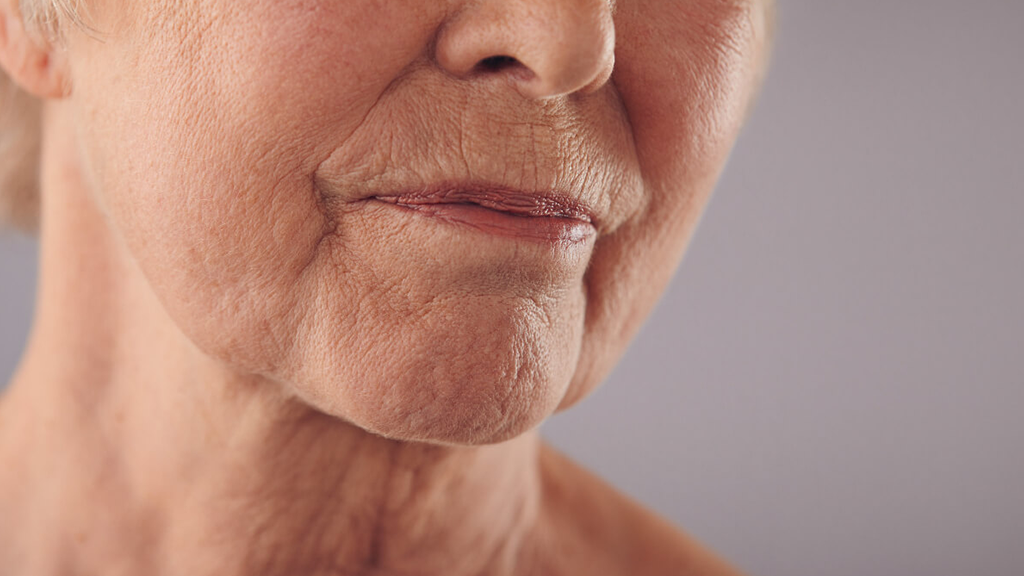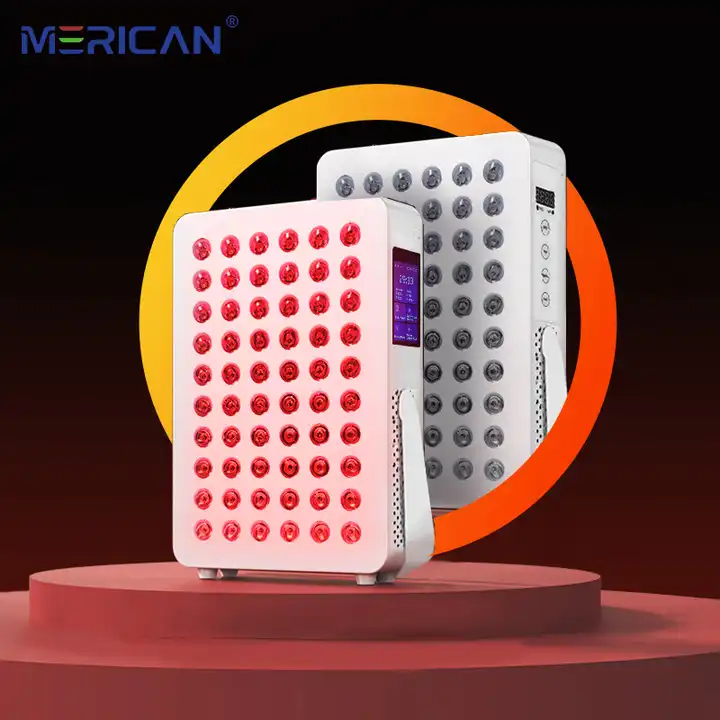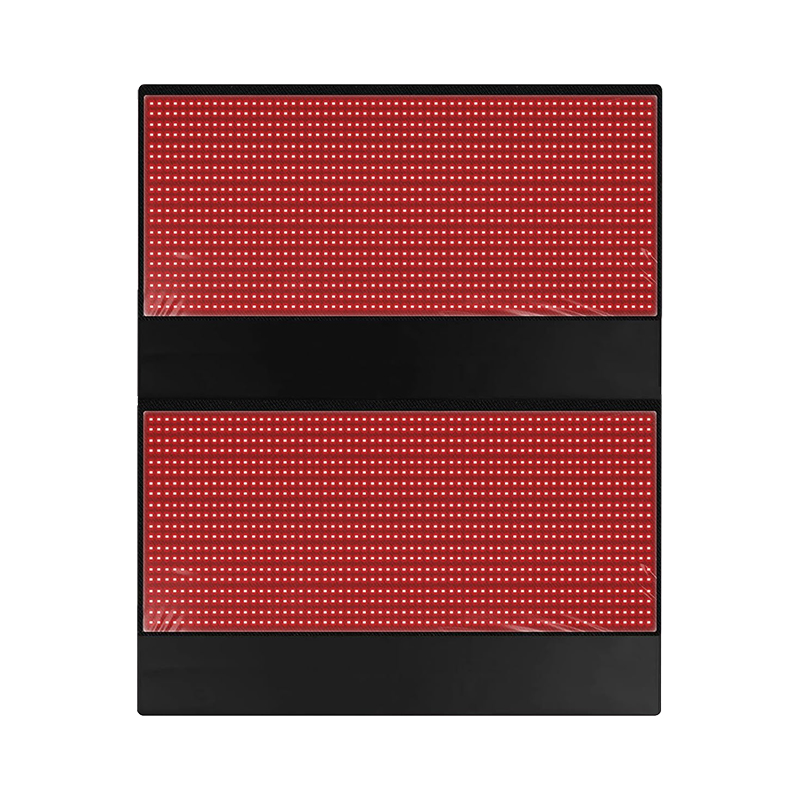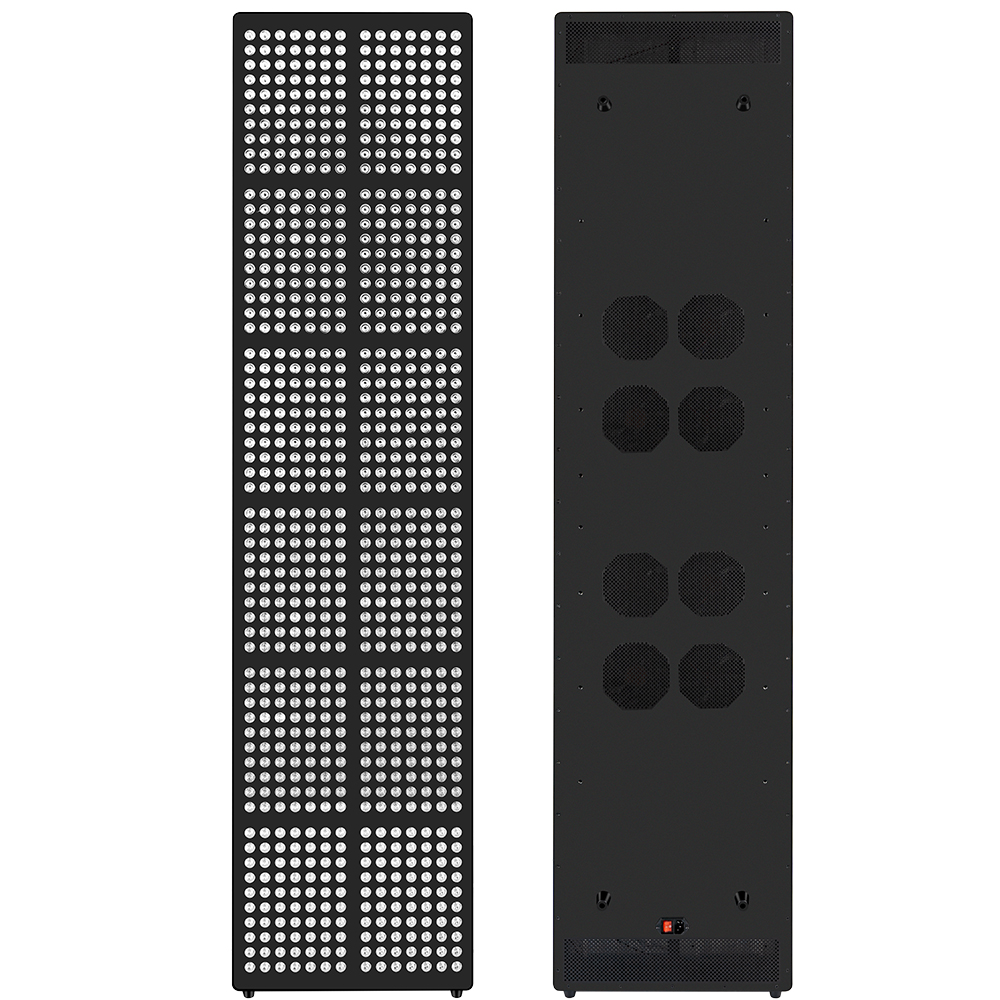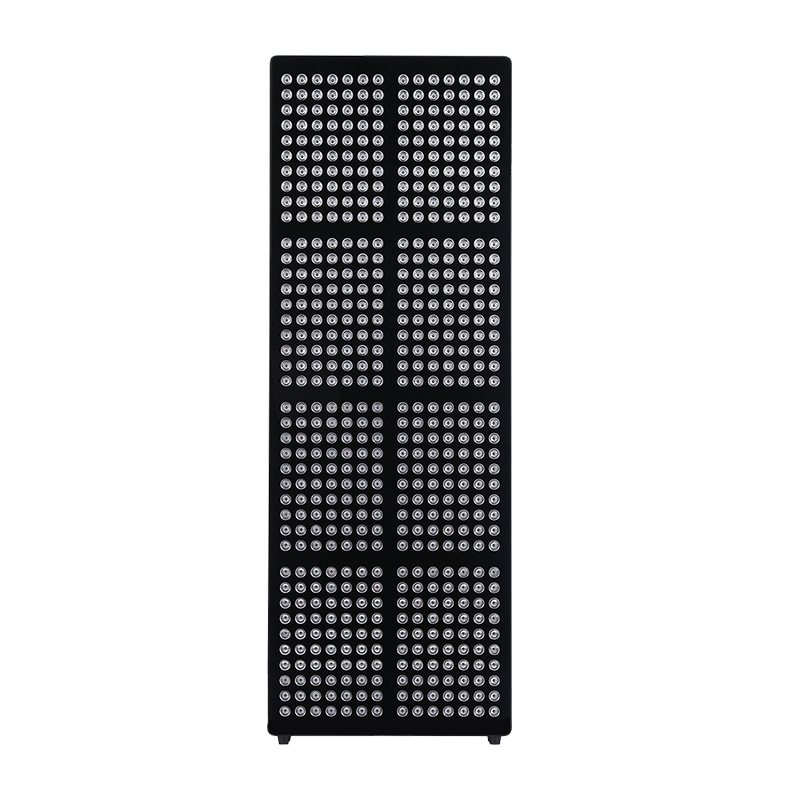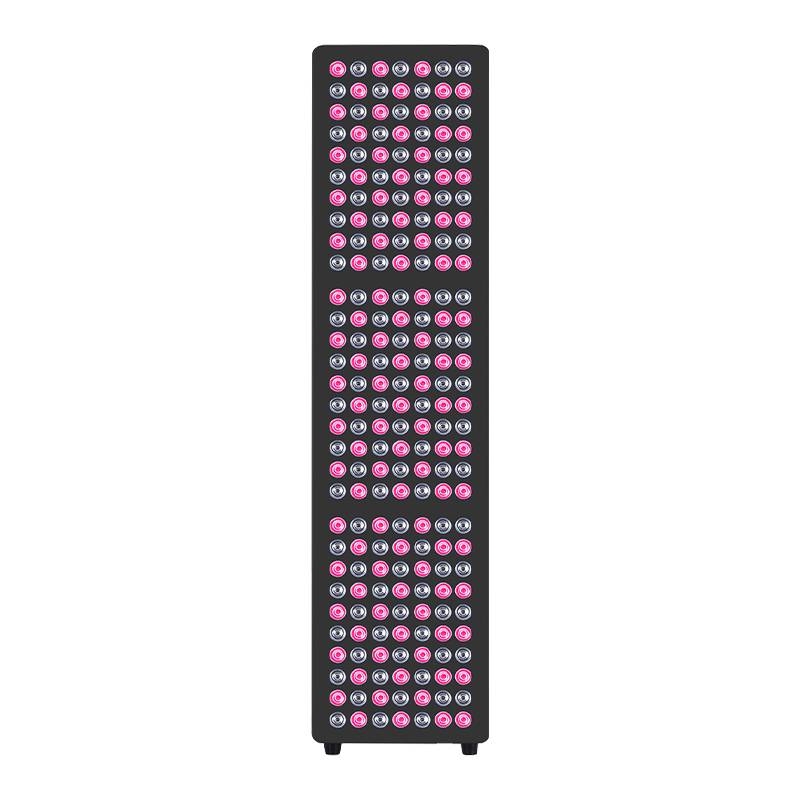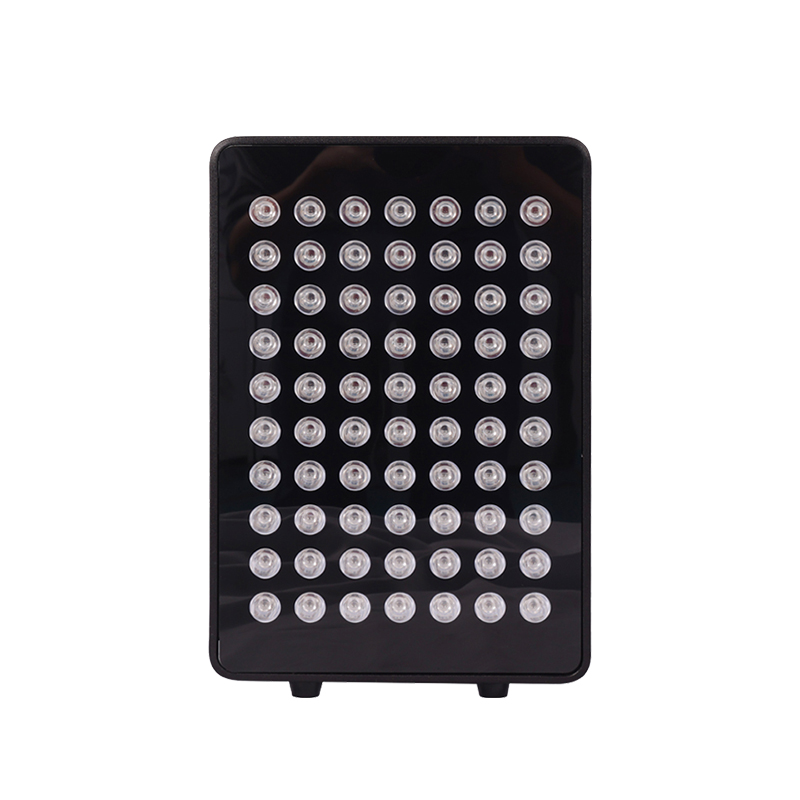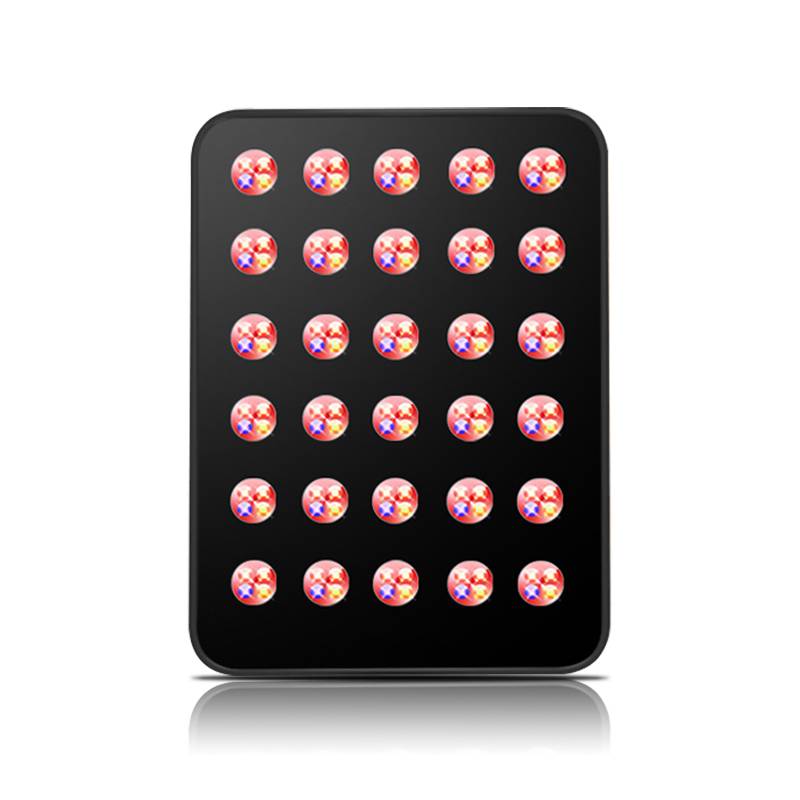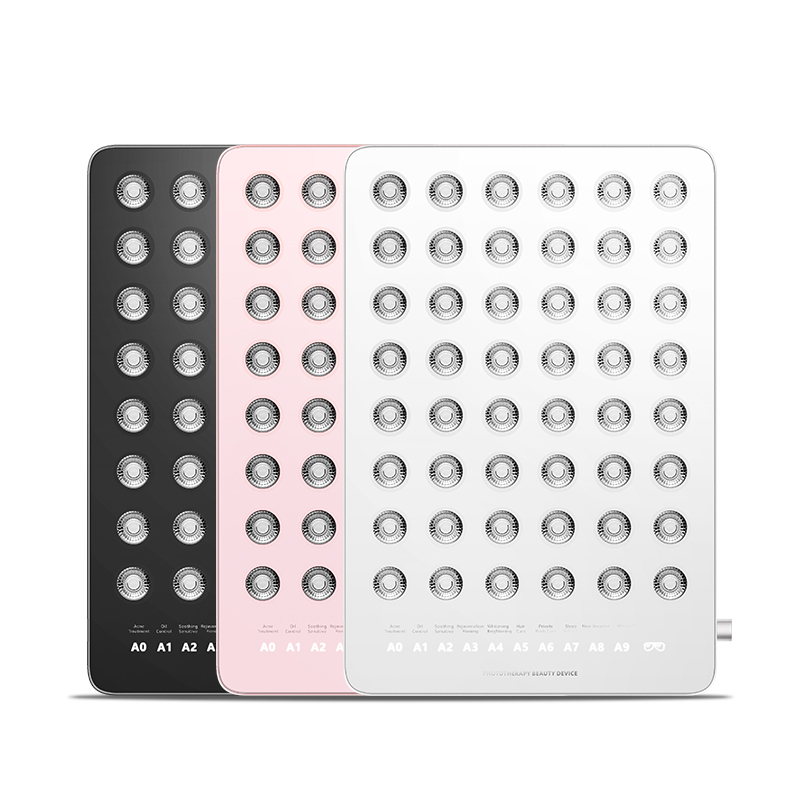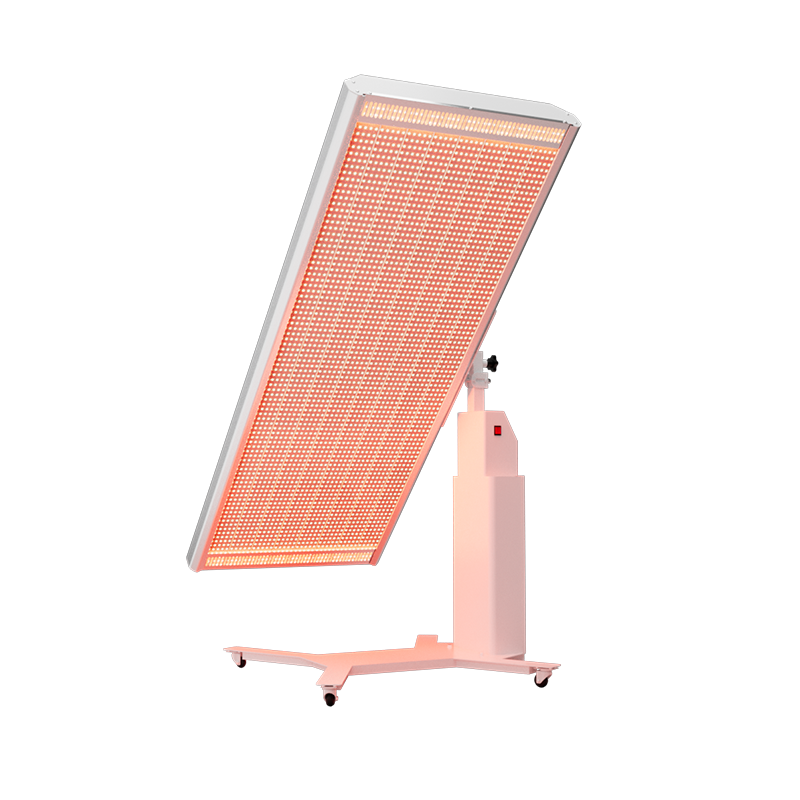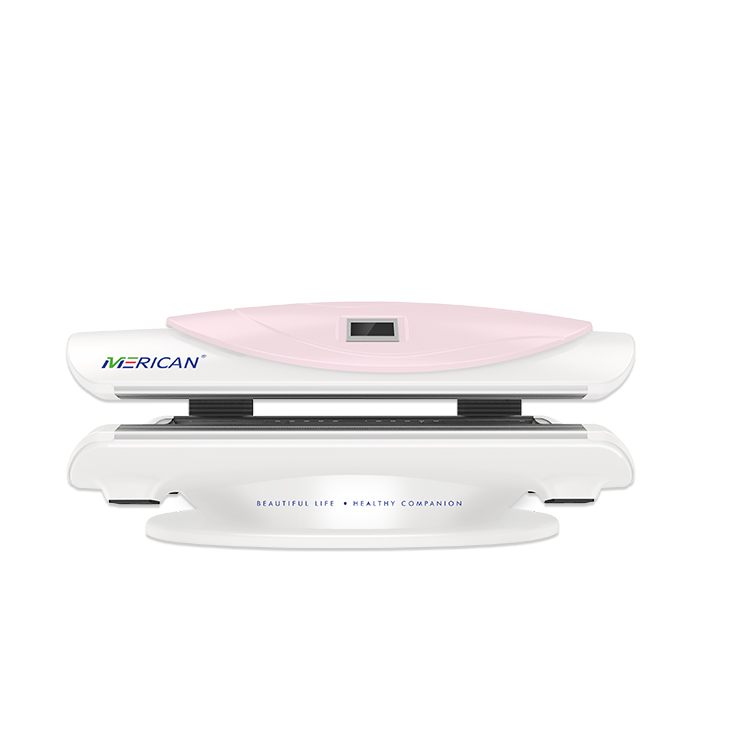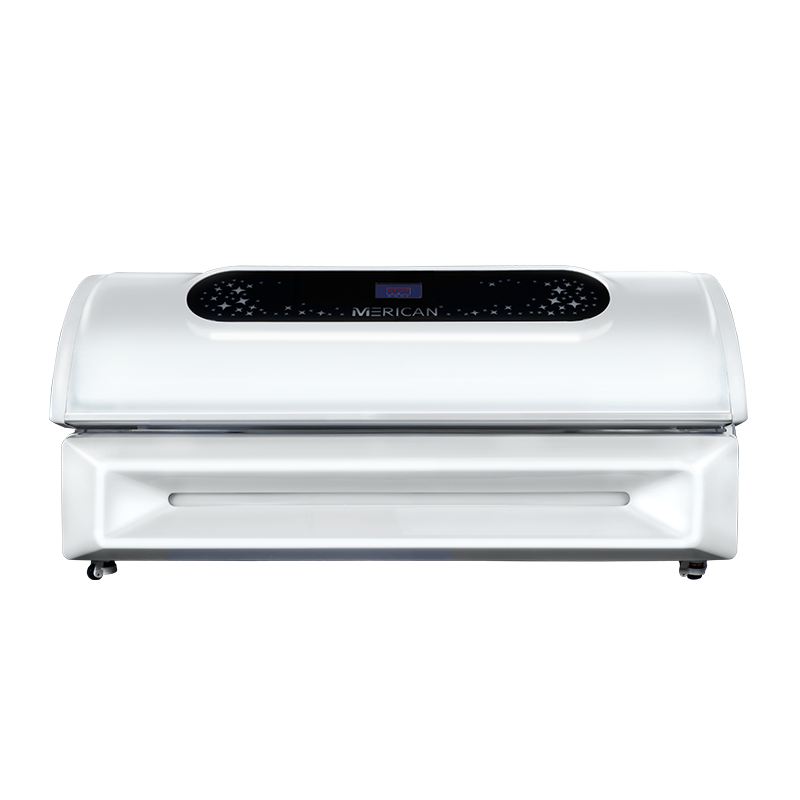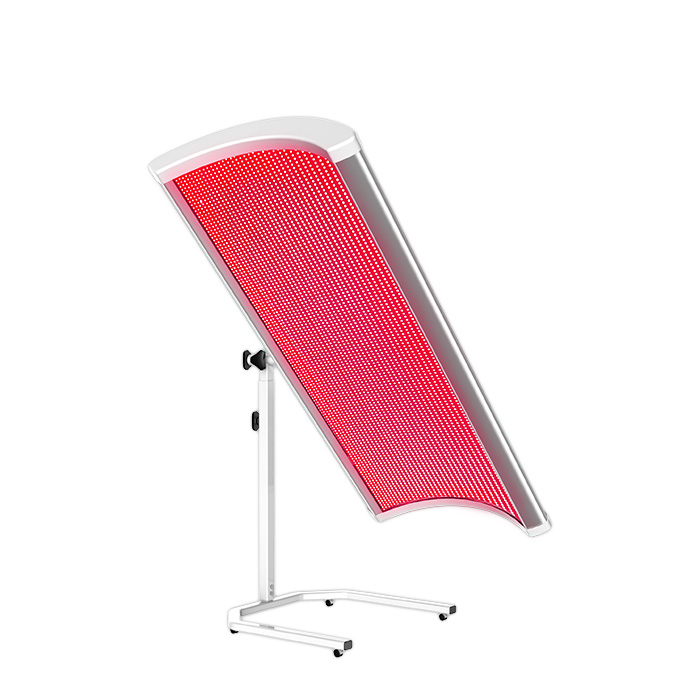Gum recession is a common dental issue, often caused by periodontal disease, aggressive brushing, or aging. Traditional treatments for receding gums include scaling, root planing, and sometimes surgery. But what if there was a non-invasive way to support gum healing and regeneration? Red light therapy (RLT)—also known as low-level laser therapy (LLLT)—is gaining attention as a promising tool in the world of oral health.
What Is Red Light Therapy?
Red light therapy uses wavelengths between 630nm and 850nm to penetrate tissues and stimulate cellular activity. It works by enhancing mitochondrial function, increasing ATP production, and boosting blood flow—all of which promote healing and reduce inflammation.
In dentistry, RLT is applied using special intraoral or handheld devices designed to deliver safe light energy directly to the gum tissue.
Can Red Light Therapy Help Gums Regrow?
While complete gum regrowth may not be possible in all cases, red light therapy can contribute to gum tissue health and support partial regeneration through several mechanisms:
1. Stimulates Fibroblast Activity
Red light therapy activates fibroblasts—cells essential for producing collagen and rebuilding soft tissue. This can help strengthen the gum structure and encourage regrowth where possible.
2. Reduces Inflammation and Swelling
Chronic inflammation is a major contributor to gum recession. RLT’s anti-inflammatory effects help calm swollen gums and reduce pocket depth, improving the overall gum environment.
3. Improves Blood Circulation
Better blood flow means more oxygen and nutrients delivered to the gum tissue, speeding up healing and repair processes after dental cleanings or surgery.
4. Supports Healing After Dental Procedures
Dentists are increasingly using red light therapy to promote faster healing after scaling, extractions, or grafts, potentially enhancing the success of gum restoration treatments.
What Does the Research Say?
- Several clinical studies and reviews have shown that low-level laser therapy can improve periodontal outcomes, reduce gingivitis, and enhance healing of oral wounds.
- Some animal studies suggest that red or near-infrared light can stimulate tissue regeneration in periodontal defects.
- Although more research is needed for conclusive evidence of full gum regrowth, early results are promising.
How to Use Red Light Therapy for Gum Health
- Devices: Specialized oral light therapy tools or red light pens (FDA-cleared)
- Application: Light should be directed at the gum line for 1–3 minutes per area, daily or several times per week
- Wavelengths: Ideally 630–850nm, with near-infrared light penetrating deeper for tissue support
- Consult a professional: Especially if you have advanced periodontal disease or other dental conditions
Limitations to Keep in Mind
- RLT can support but not replace professional dental care
- It is not a cure for severe periodontitis or advanced gum recession
- Results are gradual and depend on consistency and overall oral hygiene
Final Thoughts
While red light therapy may not fully regrow gums in all cases, it offers a safe, non-invasive, and scientifically supported method to promote healthier gum tissue, reduce inflammation, and aid in healing. When used alongside proper brushing, flossing, and professional dental care, RLT may become a valuable part of a holistic oral health routine.

